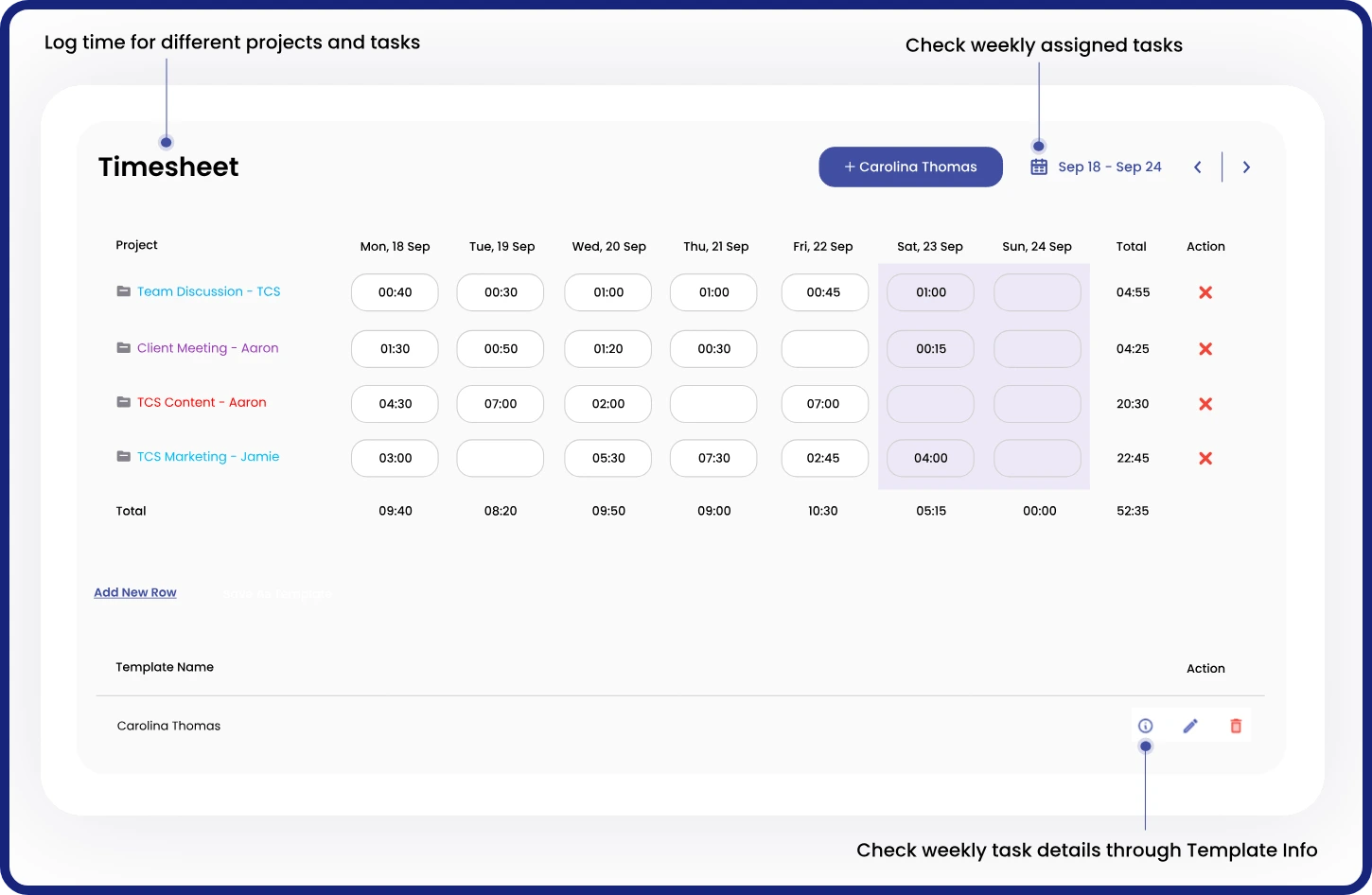Are you looking for ways to boost productivity while ensuring employee well-being as well? Implementing the first shift (8-9 a.m. to 4-5 p.m.) in your organization can help achieve just that.
As a matter of fact, three-fourths of US employees work the 1st shift hours, and with good reasons at that. These hours align well with natural circadian rhythms, thus benefiting employees by supporting better work-life balance and reducing stress. On the other hand, for businesses, these hours ensure optimal team collaboration, operational efficiency, and customer service.
But what actually is a 1st shift? Well, that is exactly what we will be talking about here, along with the typical hours involved, its benefits, and tips for thriving during these early working hours. So, let’s begin.
What is the First Shift?
The first shift is a work schedule in which workers start in the morning and finish in the afternoon. Also known as the morning or day shift, this work period is quite popular worldwide, especially in the US. It is used in many industries, including hotels, healthcare, retail, factories, and delivery companies.
Speaking about the timing, it usually begins and ends during typical business hours ( 8-9 a.m. to 4-5 p.m.). We will take a detailed look at it in the next section.
What are 1st Shift Hours?
1st shift hours, often called the day shift hours or morning shift hours, typically entail working from 8-9 a.m. to 4-5 p.m.
Employees on this schedule typically work 8 hours per day, with some exceptions. For example, employees working in the hospitality sector have to arrive at work an hour or two before the beginning of operations to prepare everything before the customers arrive.
To this end, we can categorize these hours into early and conventional first-shift hours. As for the timings, early hours start anywhere between 5 a.m. and 7 a.m., and traditional hours begin around 8-9 a.m.
What Are Typical First Shift Jobs?
Some typical 1st shift jobs include:
- Office employees
- Construction workers
- Postal staff
- Pharmacists
- Hotel and store managers
- Bakery and coffee shop workers
- Plumbers, electricians, and cleaning staff
We would like to point out that there are other professions as well. However, these are the job types where this work schedule is widely followed.
What Are The Different Shift Cycles: First, Second, and Third Shift Hours?
Shift work is common in industries that require 24/7 operations, such as healthcare, manufacturing, and transportation. Businesses often divide workdays into different shift cycles to ensure seamless operations.
This is where the concept of different shift cycles, namely first, second, and third shift hours, comes in. According to sleep expert Matthew Walker, around 30% of people are morning larks, and 30% are night owls. Morning larks have high energy levels during the morning. On the other hand, night owls are more active in the late afternoon and night. The remaining 40% falls somewhere in between.
Here’s a tabular breakdown of what each shift cycle entails:
| Shift Type | Other Names | Typical Business Hours | Who’s It Great for |
| First Shift | Early shift, day shift, morning shift | 8:00 a.m. or 9:00 a.m. – 4:00 p.m. or 5:00 p.m. | Morning people, those who want evenings free, and parents. |
| Second Shift | Late shift, afternoon shift, evening shift | 3:00 p.m. – 11 p.m. | Students, night owls, and those with daytime commitments. |
| Third Shift | Graveyard shift, night shift, mid-night shift | 11:00 p.m.- 7 a.m. | Quiet environment seekers, night workers, and those wanting daytime free. |
Besides the aforementioned cycles, there is also another common schedule called swing shift, where employees can work from the late afternoon to midnight (4 p.m. to 12 a.m.).
Now, we will look into the various advantages that daytime schedule brings to the table.
What Are The Benefits of Working in The First Shift Hours?
Working the 1st shift, typically from 9 a.m. to 5 p.m., offers several advantages that can greatly improve one’s personal and professional life. Let’s take a look at them.
- Provides More Work-Life Balance: 1st shift hours leave evenings free for personal activities, family time, and hobbies, ensuring a healthier work-life balance.
Draven McConville, CEO of Klipboard, a field service company, holds the view that this schedule is all about syncing your clock with others in your environment:
| “The first shift entails integrating your life with the outside environment. Most of your buddies clock out at the same time as you, so you can stop using the ’sorry, I’m working’ defense. Like everyone else, you get to enjoy your evenings while telling tales and making memories. It’s the gratifying sensation of synchronization with life’s beat.” |
- Promotes Work Motivation: Starting the day early can foster a sense of accomplishment as employees execute their tasks while feeling fresh and focused.
- Aligns Better with the Body’s Natural Clock: Since the 1st shift aligns with the circadian rhythm, it helps maintain consistent energy levels. Not just that, it also promotes better sleep patterns.
Matt Little, MD at Festoon House believes that nothing beats a whole night’s sleep for a more revitalizing morning:
| “First of all, first shift hours help with your mental and physical health. Second, a good first shift can help your body’s natural circadian rhythm. A good night’s sleep is good for your overall health, so you’ll wake up feeling fresh and ready to go.” |
- Boosts Productivity and Alertness: Working in the morning hours means starting tasks with a sharper mind and higher focus. This will enhance overall productivity.
Priyanka Swamy, an entrepreneur by profession and the founder of Perfect Locks, speaks about the positives of starting your work early:
| “Our brains work best in the morning when we’re more alert and focused. This means you’ll be able to tackle difficult tasks with a fresh set of eyes, potentially resulting in better work quality. It’s like riding a natural wave of energy that sets the mood for the rest of the day.” |
- Lets You Craft Better Work Plans: With a full day ahead, it becomes easier to set goals, create schedules, and prioritize tasks efficiently.
Mark Greenhouse, a manufacturing consultant at Levantar, emphasizes the significance of visualizing what people working in these shifts need to get done during the workweek:
| “You get to think about the shift and the week ahead. Is there any training coming up? Are key staff on holidays? Any important sales visits taking place? Are there any key reports and audits to be produced, are these all planned in?” |
He also says how careful planning of the work schedule ahead could solve problems in advance:
| “You get a chance to review the production schedule and see if there are any ’problem’ orders coming up during the week and consider how you’ll deal with them.” |
- Better Access to Business Meetings: Most meetings and business operations are scheduled during these hours. Thus, you can stay involved.
- More Opportunities for Collaboration: This time period allows for more interactions with colleagues, fostering teamwork and problem-solving through real-time collaboration.
Challenges of Working in First Shift Hours
Some of the biggest drawbacks of working the first shift include:
- Isn’t Practical for Late Nighters: People who are naturally night owls may find it difficult to adapt to early mornings. Their peak productivity hours are often in the late evening, making this schedule less optimal for them.
Priyanka Sharma, says that your natural clock could be taken by surprise if you suddenly turn into an early riser:
| “If you’re not a morning person by nature, it’s no surprise that waking up early can be a challenge. Your body’s natural circadian rhythm may take a bit of time to adjust to this new way of waking up. That initial groggy feeling can make it difficult to feel fully awake and alert, especially at the start of the day.” |
- Possibility of Getting Stuck in Traffic: The 1st shift start time (8 a.m. or 9 a.m.) coincides with rush hour. Commuting during this period can result in extended travel times, causing stress before even starting the workday.
Draven McConville, whom we mentioned earlier, explains how gridlock can lead to a loss of patience:
| “Being on the first shift will probably put you in the middle of rush hour traffic, which can be really annoying if you live far from your place of employment. We all experience the daily challenge of squeezing past a sea of brake lights, which puts your patience and radio station preferences to the test.” |
- Missing Out on Morning Activities: The early start time leaves little flexibility for morning exercise, meditation, or other personal rituals. Thus, this particular time period is especially difficult for those who prioritize self-care routines before work.
- Limited Evening Time: After a full day of work, there’s often limited time in the evening to unwind or engage in personal activities. This can feel restrictive, especially for those with evening hobbies or social plans.
Priyanka Sharma also says that avoiding evening get-togethers is a by-product of this schedule:
| While early morning shifts give you plenty of time in the mornings and early afternoons, your afternoons may be shorter. This means that you may not be able to attend evening socials or attend events that take place later in the afternoon.” |
- Fewer Opportunities for Pay Raises: Many industries offer higher pay for less desirable shifts, such as the second or third shift. Sticking to first shift hours may mean missing out on these financial benefits.
Top 9 Tips and Tricks for Surviving in The First Shift
Now that you are well aware of the various benefits and challenges of working the first shift let’s look into a few powerful tips that you can implement to enhance productivity while ensuring employees’ overall well-being as well:






